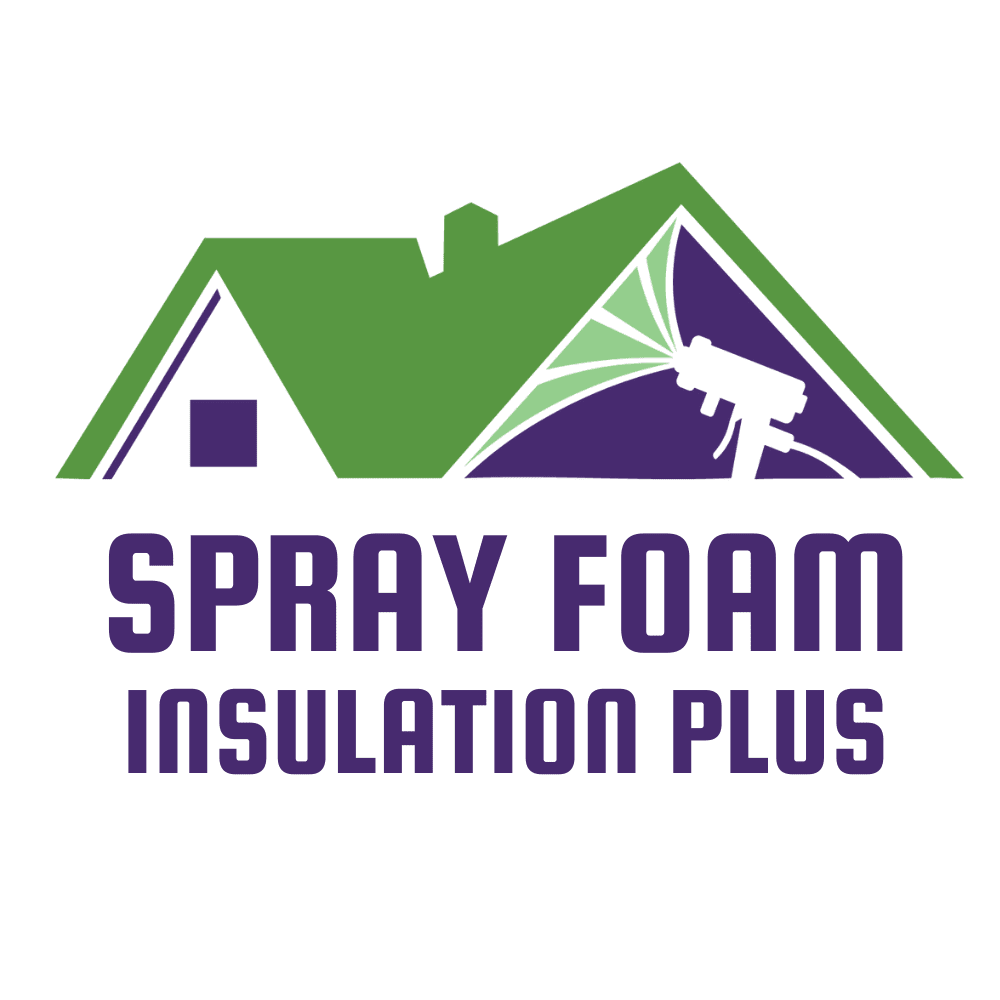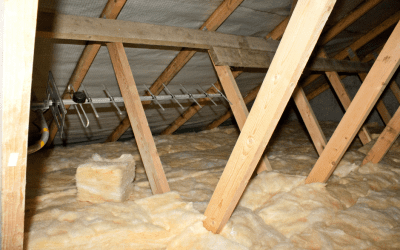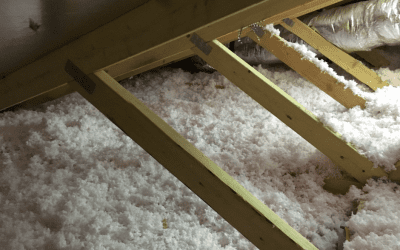Spray Foam Insulation Company Edina MN | Benefits of an Insulated Attic

Last Updated on July 5, 2024 by Spray Foam Insulation Plus
Keeping your home warm this winter is essential. And if you have an uninsulated attic, it’s even more important to make sure it’s properly insulated. If your house isn’t insulated properly, there are many options that can help keep your home warm and comfortable throughout the winter months and beyond.
Stay Warm in the Winter
Proper attic insulation can help keep your home warm in the winter, but it also has other benefits. In addition to keeping your house from feeling like an icebox, proper attic insulation can also help you avoid these common problems:
- Energy costs: The U.S., as a whole, spends $400 billion each year just on energy bills (about 2% of GDP). Insulating attics helps reduce both heat loss and gain, which means that less money goes toward heating and cooling costs. This is especially important if you live in a climate where temperatures fluctuate wildly from season to season—like Alaska or Minnesota—or if you’re looking at moving into a new home with an uninsulated attic like I was!
- Noise reduction: Properly installed insulation will reduce noise caused by wind passing through chimneys and vents by up to 40%. If you live near an airport or highway, this might not be such a big deal for you… but if there’s traffic outside your window every day when it’s sunny out? Then it could definitely affect how comfortable (or uncomfortable) your house feels at times! And while we’re talking about comfort…
Stay Cool in the Summer
If you live in a hot climate and your attic is not well-insulated, this can raise the temperature of your home by up to 10 degrees. In fact, heat rising from uninsulated attics can add not only to summertime cooling costs but also reduce the effectiveness of air conditioning systems because they have to work harder to cool down rooms that are being heated by hot air escaping from the attic. If you live in a hot climate and want to make sure your home stays cool no matter what season it is, consider adding extra insulation around windows or other places where warm air can escape.
Most Attics Aren’t Well Insulated
But most attics aren’t well insulated. In fact, most have no insulation at all—or just a few loose rolls in the rafters. That’s why it’s so important to make sure yours is insulated properly.
It’s easy to fix that problem yourself, too. You don’t need to hire a professional Edina insulation contractor; you can do it yourself or enlist the help of your utility company or an energy auditor instead.
Install Insulation Yourself
Installing insulation is a do-it-yourself project that can be done in a day or two, depending on the size of your attic. If you’re handy and have ever installed drywall or built a deck, then it should be no problem for you to install blown-in fiberglass insulation on your own. The only requirement is that there’s an opening in your attic where you can reach from outside and crawl into it without any support beams blocking the way.
However, many of the homeowners we talk to don’t want to waste an entire weekend in a hot attic or basement if that is you give us a call at 612-730-9417
today.
Once inside, all you need to do is buy some insulation and tear out any existing insulation. Then, it’s just a matter of blowing new fiberglass fill into all corners of your attic space, making sure that each layer overlaps with each other so no cold air gets through anywhere along the way. This will keep heat inside longer during winter months when temperatures drop below zero degrees Fahrenheit outside (which they’re likely to do).
Loose-Fill Insulation
Loose-fill insulation is a type of fiberglass insulation. It can be blown into your attic through a special hose or installed by hand. Loose-fill insulation is easy to install and doesn’t require any special tools or equipment, but it does take up quite a bit more room than spray foam would. If you’re worried about space, this might not work well for you.
The main advantage of loose-fill insulation over spray foam is that it’s much less expensive—and the best part is that it’s made from recycled materials! Most types are made from recycled newspaper or cardboard treated with fire retardants so they won’t burn easily if exposed to heat in the attic (like during an electrical fire).
Hire a Contractor
If you want to insulate your attic, there are two main options: spray foam insulation and batt insulation. Spray foam is more expensive than traditional batt insulation but it’s also easier to install, more efficient at keeping your home warm, and less likely to get damaged over time. If you have an older home with lots of cracks or gaps in the roof or walls, spray foam may be a good choice because it expands up into those areas much better than traditional batts do.
If you’re thinking of insulating your attic, you should consider getting an energy audit first. This can help you determine whether insulation is right for your home and how much you need to get the most bang for your buck. Insulation is an easy DIY project if it’s loose-fill, but if not, an insulation contractor can come in and do it for you instead. Contact us at Spray Foam Insulation Plus in Edina, MN, to find out more about our services!

Tags
Preferred Contractors of:


